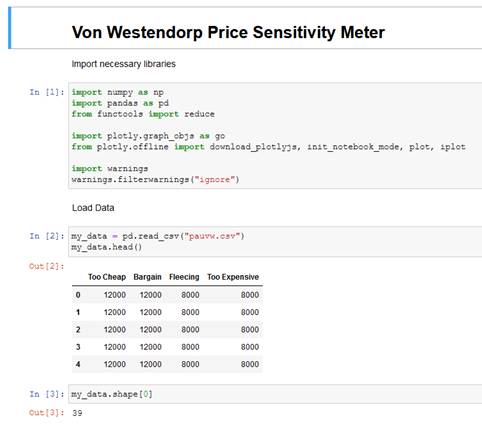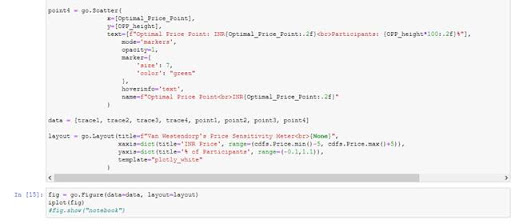5 Things To Avoid In Your Organization: A Guide to Building a Healthier, More Productive Work Environment
As organizations evolve and face new challenges in the modern workplace, it becomes increasingly important to identify and avoid common pitfalls that can undermine performance, employee well-being, and organizational culture. While there are countless obstacles that businesses must navigate, some are particularly insidious and can have long-lasting negative effects if left unchecked. In this article, we'll explore five critical issues you should avoid in your organization to help foster a healthier, more productive work environment: Pleasanteeism, Nomophobia, Pseudo-compartmentalization, Pseudo-matrix reporting, and Pseudo-grassroots planning.
1.
Pleasanteeism: The Silent Productivity Killer
Pleasanteeism refers to the phenomenon where
employees feel the need to excessively please their superiors, even at the cost
of their own well-being, productivity, or honesty. This often stems from an
environment that emphasizes maintaining appearances or an expectation of
constant positivity. While it may seem like a good thing at first glance (after
all, who doesn't want to keep their boss happy?), it can actually stifle open
communication, discourage critical thinking, and prevent real problems from
being addressed.
In organizations where pleasanteeism runs rampant, employees might agree to unrealistic deadlines, overcommit to tasks, or avoid voicing concerns, all in an effort to appear agreeable or competent. The result is often burnout, decreased employee morale, and a lack of innovation, as critical feedback and diverse perspectives are suppressed.
How to Avoid
Pleasanteeism:
- Create a culture of
psychological safety where employees feel comfortable speaking up and
expressing dissenting opinions.
- Encourage honest feedback, both
from employees and towards leadership.
- Foster a leadership style that
values transparency and values constructive criticism over blind
compliance.
2.
Nomophobia: The Hidden Distraction at Work
In today’s digital world, nomophobia—the
fear of being without your mobile phone—has become an increasingly common issue
in the workplace. While smartphones have revolutionized communication, they
also bring a host of distractions that can severely disrupt productivity. The
anxiety that comes with the fear of being disconnected often leads employees to
feel pressured to respond to emails, texts, or social media messages around the
clock, even during off-hours or in meetings.
How to Avoid
Nomophobia:
- Set clear boundaries around
communication expectations, such as designated "no-phone" hours
for deep work or meetings.
- Encourage employees to take
regular breaks from screens and prioritize face-to-face or phone
communication where appropriate.
- Lead by example—avoid
over-checking your phone during meetings or when interacting with your
team.
3.
Pseudo-compartmentalization: The Illusion of Control
Pseudo-compartmentalization is the tendency within
organizations to create rigid departmental silos that hinder collaboration and
communication across teams. While dividing tasks into specialized areas is a
fundamental part of organizational structure, when these divisions become too
pronounced, employees may be discouraged from stepping outside their designated
roles. This artificial compartmentalization can limit creative problem-solving,
slow decision-making, and stifle innovation.
How to Avoid
Pseudo-compartmentalization:
- Encourage cross-functional
teams and regular interdepartmental meetings to share knowledge and
insights.
- Promote a culture of
collaboration and transparency, where employees from different teams
freely share ideas and best practices.
- Ensure that employees
understand how their role contributes to the broader organizational
mission.
4.
Pseudo-matrix Reporting: A Confusing Web of Authority
Pseudo-matrix
reporting refers to a structure where
employees have multiple reporting lines—often to both functional and project
managers—but without clear delineation of authority or responsibility. While
matrix organizations, in theory, can provide flexibility and adaptability,
pseudo-matrix structures create confusion and ambiguity, leading to mixed
signals about priorities, responsibilities, and decision-making authority.
This lack of clarity can lead to
inefficiencies, as employees struggle to navigate competing demands from
different managers, often resulting in conflicting directives and delayed
decisions. Moreover, the absence of clear ownership can undermine accountability
and lower employee morale.
How to Avoid
Pseudo-matrix Reporting:
- Clarify roles and reporting
structures to avoid confusion and ensure that employees know who to turn
to for decisions.
- Use a clear RACI (Responsible,
Accountable, Consulted, Informed) matrix to map out the decision-making
process and responsibilities for key projects.
- Promote a culture of clear,
transparent communication, so that employees understand not only what they
are responsible for, but also who is accountable for what.
5.
Pseudo-grassroots Planning: The Appearance of Collaboration Without Real Change
Pseudo-grassroots
planning occurs when leadership claims to
have involved employees in decision-making or strategic planning but has not
genuinely empowered them. This often takes the form of "token"
surveys, focus groups, or town halls that give the appearance of input, but the
actual decisions are made at the top without considering the feedback in a
meaningful way.
This tactic not only demotivates
employees but also erodes trust between leadership and staff. When employees
sense that their input doesn't truly impact the organization’s direction, they
become disengaged, and innovation stalls. Moreover, without authentic
involvement, employees are less likely to buy into organizational changes or
initiatives.
How to Avoid
Pseudo-grassroots Planning:
- Implement authentic, two-way
communication processes where employee input is actively considered in
decision-making.
- Make it clear how employee feedback
directly influences decisions and changes.
- Involve employees early in the
process and give them ownership of initiatives to ensure a sense of
genuine collaboration.
Conclusion:
Creating a Healthy Organizational Culture
To build a thriving, productive
organization, it's crucial to avoid the hidden dangers that can undermine
trust, collaboration, and employee satisfaction. By addressing pleasanteeism,
nomophobia, pseudo-compartmentalization, pseudo-matrix
reporting, and pseudo-grassroots planning, you can pave the way for
a more effective, communicative, and engaged workforce.
Investing in your employees'
well-being and fostering an environment of trust and clarity will not only
boost performance but also create a sustainable culture where people are
genuinely invested in your organization's success.
After all, an organization that
avoids these pitfalls is one that can innovate, adapt, and truly thrive in
today’s fast-paced business landscape.



























